Start-ups don’t have past data that can be used for valuations, so we have to rely entirely on what’s going to happen in the future when valuing potential investments. I’ve worked with lots of super-smart finance graduates and interns who know far more than me about pretty much every technical aspect of VC investing there is, but one area where I find that the skills learnt at school, or in the finance industry, don’t cut it in the real world is financial forecasting. I’m not an accountant, nor do I have an MBA in finance, but I trained as an engineer and programmer and have spent years building and guiding real companies with my own hands.
The skills I have learnt have been painfully extracted from my own harsh experiences and are tried and tested in the real world.
So if you invest in start-ups, you’re an Investment Analyst, or you’re a start-up looking to plan your future and fundraise, read on!

Pro-tip
The first thing I can share is that there is no better tool than Excel. Case closed. We should all pay homage to Dan Bricklin!!
Next, remember that the purpose of a financial model is to answer the questions you have about the business, such as; Is the valuation too high? What will their market share be? When will they run out of cash? How much do they need to raise to have an 18 month runway? You may need to prepare a P&L, balance sheet and cash flow to answer these questions, but the real purpose of the forecast is to answer the questions. So ask anyone who’s going to use this forecast what their questions are. This should act as your compass on where to focus when preparing your model.
Most importantly, the model needs to be “dynamic”, in that if you change some key assumptions about the model (eg, sales growth rates) then it will automatically update the key costs for the business (eg. The number of salesmen needed on the payroll to achieve the sales growth rate). This allows scenario modelling to be done very easily. If every time someone says “what happens if we can increase sales growth by 10%” you have to do 4 hours of spread-sheeting work then it’s not going to work. This will take up too much time and lead to errors in the model because every time you change something it’s another chance for an error to occur. If you can make the model “dynamic” then you can change your assumptions and instantly all your costs, your P&L, your cashflow, your valuation and every output of the model will be automatically driven by those assumptions.
The first step to implementing a dynamic model is to identify the key inputs to the businesses’ success. Is it selling price? Interest rates? Sales growth rates? GDP? Growth in business investment in that market? Ask the founders what they are. They will always say “growth rate”, but that’s not an input – it’s an output. Ask them what they believe limits the growth rate. Is it the market size? number of competitors? Number of new salesman that can be recruited? These are the real inputs that should drive your dynamic model. If you’re debating with a founder about whether 100% annual growth rate is achievable or not, that’s a meaningless debate. What you should be debating is how fast you can recruit, or how fast you can set up shop in new markets. These are the inputs.
So you’ve got your assumptions setup and ready for some scenario modelling, but now you need to link those assumptions to costs. Example: Salesman wages depends on number of salesmen, which depends on number of new customers, which depends on sales growth rates, average sales per customer and customer churn rates. To determine the relationships between the costs in the business and the key input assumptions you will need to engage with the team from the business. To use the above example, you will need to know how many customers can a salesman win every month? how many meetings can they hold in a month? How many of their meetings turn into hot leads? How many follow up meetings to close? All these details can help determine the relationship between each cost and the input assumptions. Focus on the larger costs. If you’re 100% wrong on a small cost it won’t change the forecast. But if you’re 20% wrong on a big cost it can have quite an impact.
Every business is different, but most start-up forecasts I’ve seen show exponential growth. We need to stress test that typical “hockey-stick” sales growth. The best way to do this is to estimate the market size for the product of service their offering and then show what their market share will be each year given their sales forecast. If their market share is 150% in year 4 we have a problem!
The other thing they all show is the business reaching profitability in year 4. When you dig in deeper the main reason they’re achieving profits is because they’ve grown sales, but haven’t allowed for overheads. They’ve got 150 salesmen, but no HR department. It’s just not possible. In my experience the main limit to hyper-growth is recruitment interviewing, appointing, onboarding & training. Check the costs pages to see if resources exist to implement the HR plans, and people are being recruited BEFORE they’re needed – it takes months to prepare someone to effectively fulfil their role. This is key in all areas, but particularly so for Business Development and the team responsible for any expansion to new locations – senior people are needed to implement this. Check the planning, timeline and costs for these people. This area is often the highest cost, and the most important to fulfilling a business plan, but no thought has gone into determining who is needed and the costs incurred.
How long should I run the forecast for? For Velocity, we are a 6 to 8 year fund, and it will take about 2 years to invest our funds and 2 years to exit our investments at the end of the fund, so on average we’ll hold an investment for about 5 years. That’s how long we model for. I won’t go into details on valuations (except to say google “Damodaran”), but from a VC perspective we create value when we exit, so that’s how we value businesses – what can we exit at in 5 years from now? So we do an NPV (Net Present Value) of a future expected exit. We know how private equity folks and corporates value businesses, so we use our forecast to predict what we think they’ll pay, then we discount it. Our fund targets a 30% ROI, but we know from 60 years of VC investment data that 50% of start-ups die before they’re 5 years old. Therefore if an investment doesn’t look like it will deliver a 60% ROI then it’s not going to help us achieve our target. So our discount rate is 60%.
Tip: Don’t forget dilution if future raises are needed for you to get to your exit.
How many times have you heard investment decision makers say “can you give me a summary page where I can see the important stuff in one place?”. Yes, you need a summary page because the users of this forecast, the folks who asked the questions up in step 1, don’t want to read all 8 tabs of your model. So your summary page should contain the cells for inputting all your key assumptions that drive the business success in the top half of the page, and the bottom half of the page should have the answers to all the questions identified in step 1.
Now you can run your different forecast scenarios without leaving the assumptions page, and your forecast is now a management tool, not a finance report.
At Velocity we assess many different factors that go into determining if we want to invest (the most important of which is the founders themselves) but even the greatest founders won’t make it if there’s no business plan supported by a thoughtful forecast.
